Especially when gasoline and diesel vehicles are still allowed to operate, not yet at the cycle of having to be replaced, they are still "drinking" gasoline and oil day and night and emitting polluting emissions while the roadmap for switching to electric vehicles also depends on the development of charging station infrastructure...
Gas vehicles are still given priority.
The use of clean fuels such as CNG and LPG to replace gasoline and oil must be given more attention as, according to Government regulations, from 2030 onwards, 100% of new taxis must use electricity or "green" energy; gradually limit and eventually stop the production, assembly and import of vehicles using fossil fuels by 2040.
In Ho Chi Minh City, the roadmap being considered is that buses using CNG and diesel with a usage time of 15 years or more, when replaced or newly invested, will use vehicles using electricity or "green" energy. Buses operating on non-subsidized routes, including inner-city and inter-provincial routes, are required to use electricity and "green" energy when replaced or newly invested. For new bus routes opened from 2025 onwards, all vehicles put into operation will also have to be electric and "green" energy vehicles.
Thus, in addition to electric vehicles, vehicles using “green” energy such as the above gases are still encouraged to develop, even in public passenger transport and will be almost unrestricted when running in areas requiring “green” traffic that will certainly be established in the near future. In particular, converting gasoline and diesel cars to use the above gases will greatly reduce damage to people and businesses when they do not have to abandon gasoline and diesel vehicles that are still in circulation.
As a unit specializing in supplying and installing LPG conversion kits for gasoline and diesel cars to use LPG, Mr. Nguyen Le Duy Ha, Director of Vietnam Automobile Science and Technology Company Limited, affirmed that the technology of converting to LPG is not new. It has been around for decades and is widely applied in many developed countries in Europe, where emission standards are very strict.
Right next to us, Thailand and South Korea have also widely applied this conversion. In the country, 20 years ago, the use of gas instead of gasoline and oil for cars and motorbikes was researched and widely announced by Professor, Dr. Bui Van Ga (former Deputy Minister of Education and Training), who was then the Director of Da Nang University. At that time, the renovation and installation of converters and gas tanks for vehicles using this method were also assessed and certified by the Department of Registration.
But even though several thousand buses in Ho Chi Minh City at that time mainly ran on diesel, after more than ten years of implementing the roadmap to convert to “clean” fuel, the city still has only 500 buses using CNG. Moreover, the roadmap to replace all diesel buses with buses using “clean” fuel in Ho Chi Minh City will last at least 5 more years and during this time, each large bus consumes about 15 - 20 liters of oil/100km and still comfortably emits smoke onto the road.
Although the city's transport sector has organized many seminars and proposed solutions to use gas-powered vehicles more than ten years ago, when the concept of electric vehicles was little known, the reason for the slow conversion of diesel buses to gas-powered buses and the failure to achieve the conversion target for thousands of vehicles is because the transport management unit is not interested in expanding the gas filling station system and chooses to invest in new gas-powered buses instead of installing conversion kits on old vehicles to save costs.
The construction of a gas filling station system is quite important, because in addition to providing logistics for vehicles, it also serves the needs of households, which has not been given due attention. Even when the police force has eliminated a series of large-scale illegal gas filling stations right in residential areas, the construction of a filling station system is still neglected by the local authorities.

Reduce 90% of harmful emissions when switching to gas
According to Mr. Nguyen Le Duy Ha, in the context of the Government's policy of reducing emissions and raising emission standards in the transport sector, LPG has become a quite practical solution. With this converter, gasoline and diesel vehicles do not need to be replaced with new ones, just need to install it to significantly reduce toxic emissions, helping to meet emission standards during periodic inspections.
“LPG vehicles have low emissions, fully meeting new emission regulations. Fuel costs are significantly reduced, by 30-40%, because LPG gas is cheaper than gasoline and oil, even though it is not subsidized. In addition, LPG burns cleanly, making the engine more durable. The vehicle's oil change period is also longer because the oil is less contaminated, maintaining its lubricating properties for a long time. In particular, LPG cars almost completely eliminate fine dust and reduce up to 90% of HC, CO, NOx, toxic gases that directly affect human health. LPG also emits less CO2 than gasoline and oil vehicles, so this is a "green", safe and sustainable transportation solution for the present and the future," affirmed Mr. Nguyen Le Duy Ha.
In terms of safety, the Autogas LPG system installed on cars, especially the tank, is manufactured according to European standards. The gas tank can withstand pressure many times higher than that of cooking gas tanks and is equipped with many layers of protection such as shut-off valves and pressure release valves. This technology has been applied for decades on millions of vehicles and has proven to be very safe. When brought to Vietnam, the equipment must also undergo inspection by the authorities, thus ensuring further safety. Therefore, the remaining thing is the LPG subsidy policy similar to the mechanism for stabilizing gasoline and oil prices or the mechanism to support part of the cost of installing the converter. At that time, people and businesses will boldly switch fuels to continue using their existing vehicles while still meeting increasingly high emission standards.
Statistics on freight transport through seaports of the Ho Chi Minh City Department of Transport before the merger showed that each month it reached nearly 16 million tons, while the output of goods through waterways in the area only reached more than 6 million tons. Thus, not to mention the huge amount of goods transported within the province and between provinces by road for other purposes, just import and export goods each month have tens of millions of tons from seaports transported by road. In the current overloaded situation, large trucks and container trucks consume fuel at the rate of 25-40 liters of oil per 100/km. This is the reason why the emission level of trucks accounts for nearly 40% of the total emission from traffic.
Another type of vehicle that needs to be mentioned is passenger cars, because in just 1 month at the city's 5 inter-provincial bus stations, 9.72 million passengers were transported with more than 700,000 trips in and out of the stations. Ring Road 3 and Ring Road 4 have not been completed yet, and passenger cars are not required to run on the highway, so the operating corridor of passenger cars, trucks and container trucks is still mainly on the radial routes in the inner city such as National Highway 1, National Highway 13, Mai Chi Tho, Pham Van Dong, Nguyen Van Linh... to discharge waste into the inner city.
From this situation, the issue that needs to be raised is that when implementing the Project to control emissions from means of transport, in addition to building a roadmap to reduce private vehicles, Ho Chi Minh City needs to have solutions to reduce emissions for the above types of vehicles. In case the capacity of electric vehicles does not meet the requirements of these types of vehicles that need large loads and are specialized in long-distance travel, switching to using the above "clean" fuels will be a solution that must be mentioned.
Mr. Nguyen Le Duy Ha, Director of Vietnam Automobile Science and Technology Company Limited:
Autogas LPG is the common name for LPG gas used for internal combustion engines. This is also the type of gas used for cooking in the home. Because it is a "clean" fuel, the combustion products are only CO2 and water vapor, the polluting emissions are very low compared to gasoline and oil and there is almost no fine dust. Thanks to that, the level of pollution emissions is significantly reduced, contributing to improving air quality, especially in urban areas with high traffic density such as Ho Chi Minh City.
In addition to buses, many other types of cars have been installed with converters and have been operating stably for a long time. Therefore, this should be considered a timely solution when the problem of air pollution and the roadmap to "tighten" vehicle emission standards are posing great challenges for both the people and the management agencies.
Source: https://cand.com.vn/Giao-thong/chuyen-sang-xe-chay-gas-trong-khi-cho-ha-tang-danh-cho-xe-dien-bai-cuoi--i779427/



![[Photo] Many people eagerly await the preliminary review despite heavy rain](https://vphoto.vietnam.vn/thumb/1200x675/vietnam/resource/IMAGE/2025/8/27/4dc782c65c1244b196890448bafa9b69)

![[Photo] Panorama of the 29th Congress of the Party Committee of Nhan Dan Newspaper](https://vphoto.vietnam.vn/thumb/1200x675/vietnam/resource/IMAGE/2025/8/27/aa31210f7e2b47de948b2b60dde20aff)





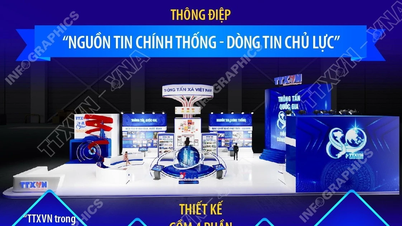


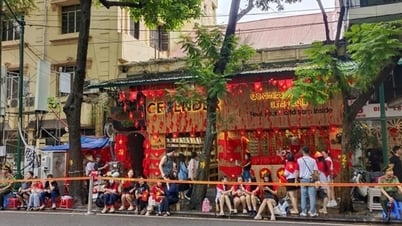
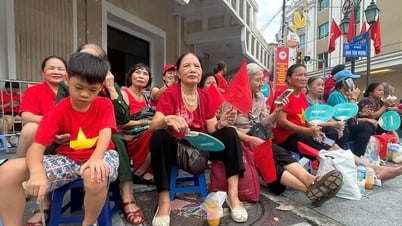

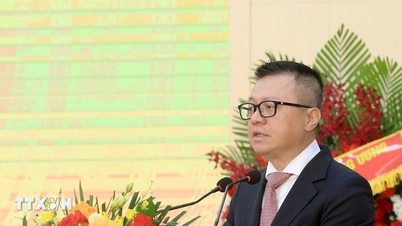




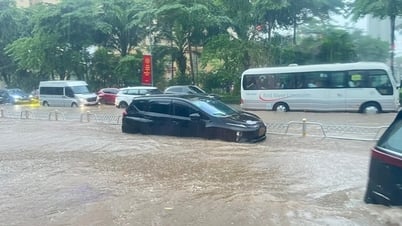

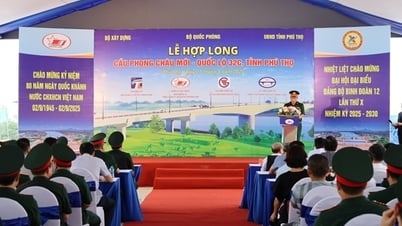
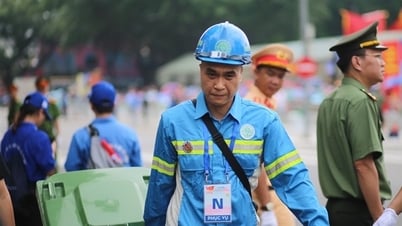
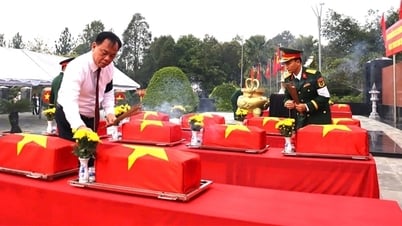
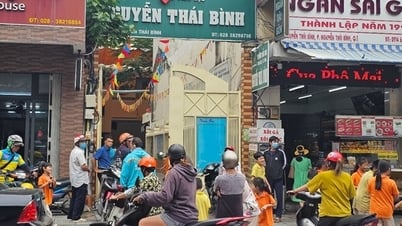


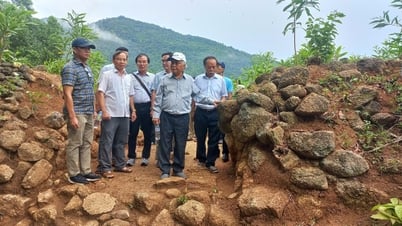


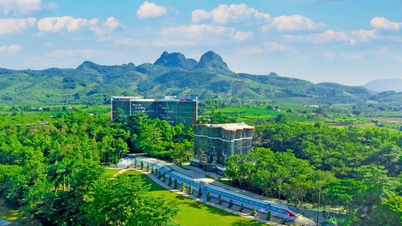

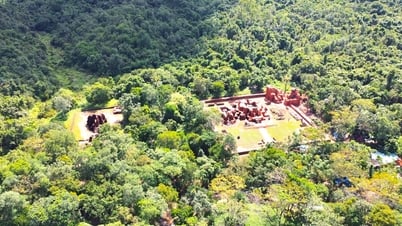

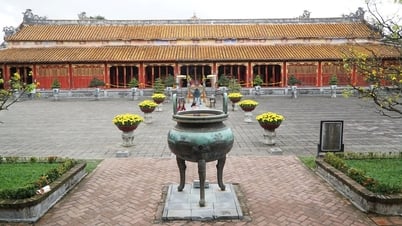


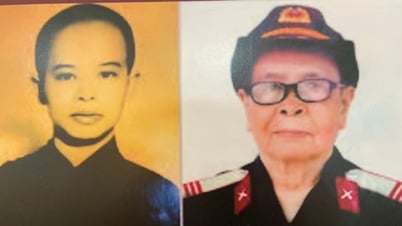





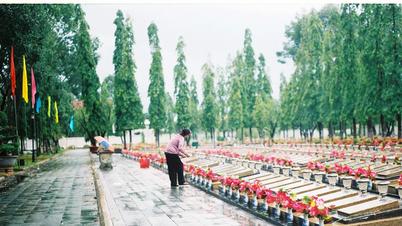
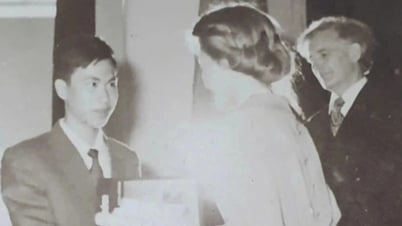




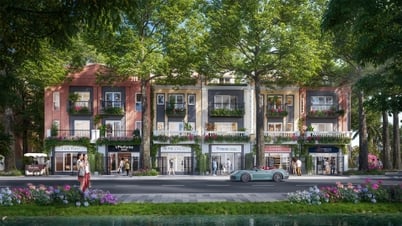
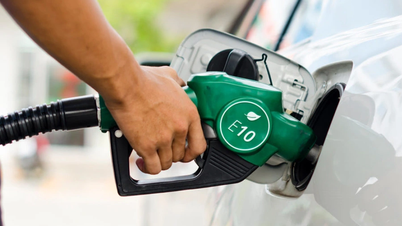
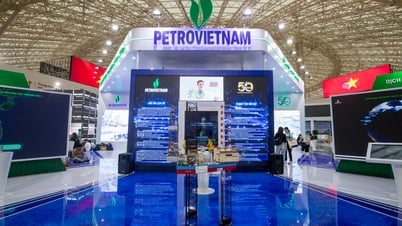

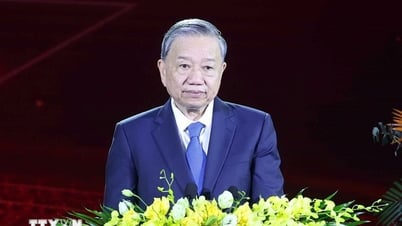

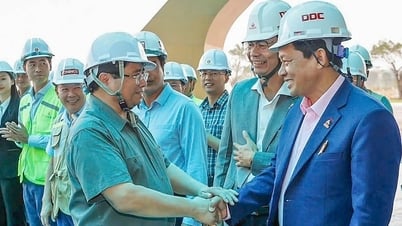
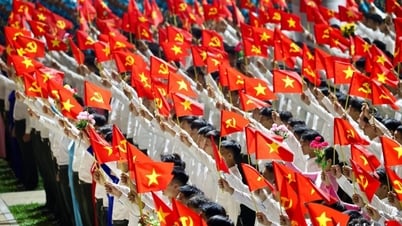




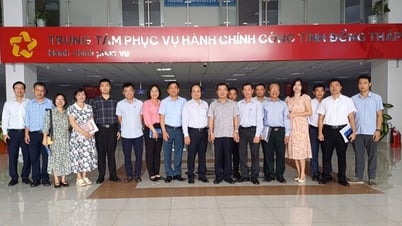

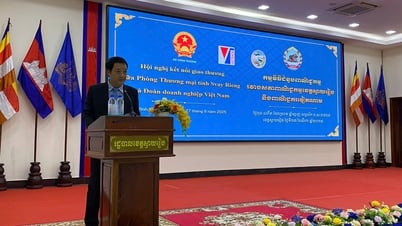

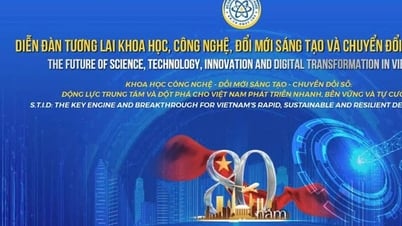


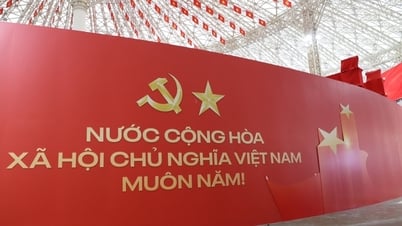
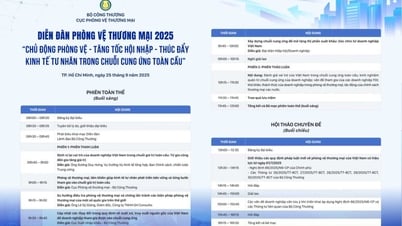




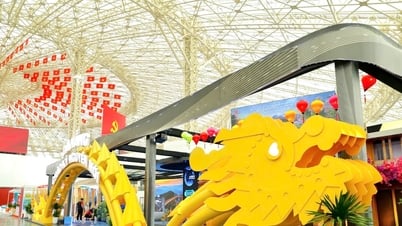
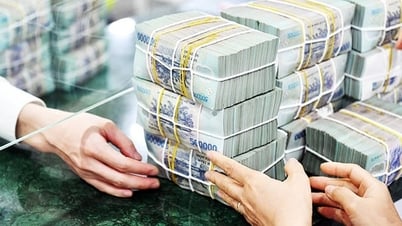


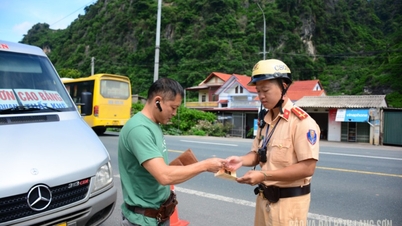

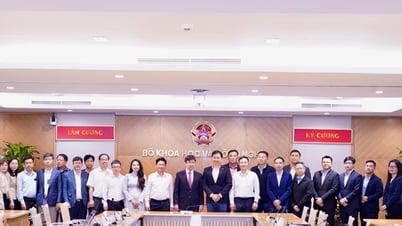



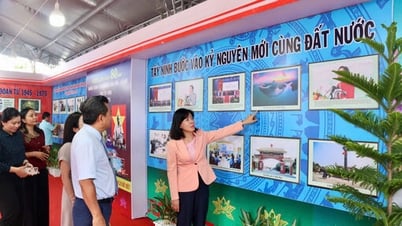






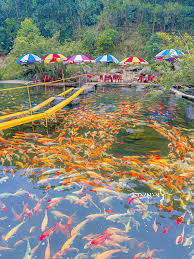

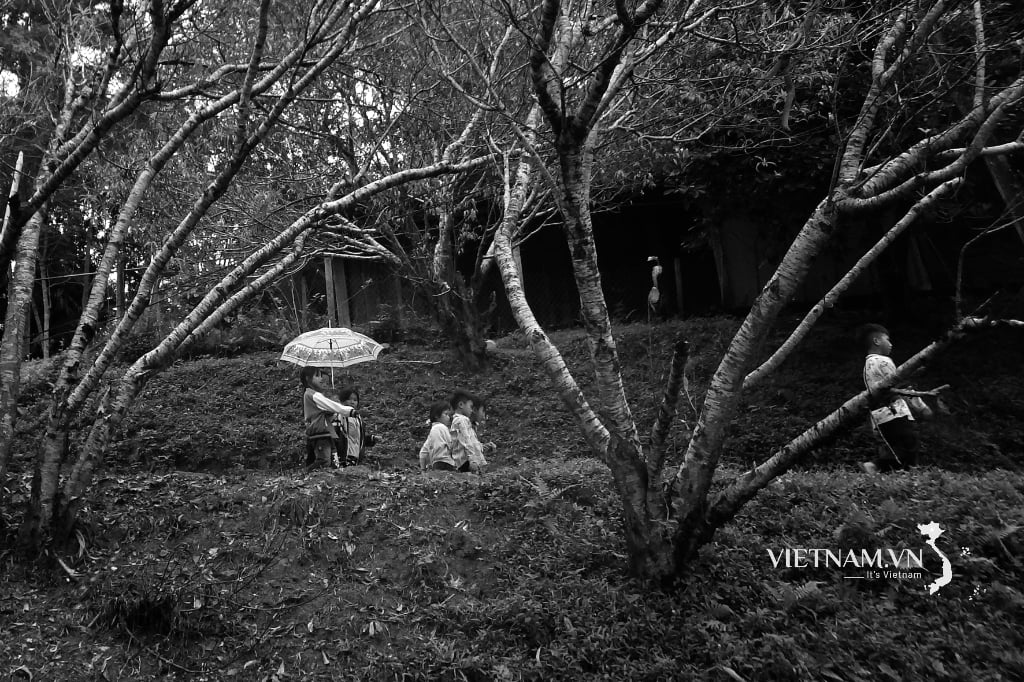

Comment (0)